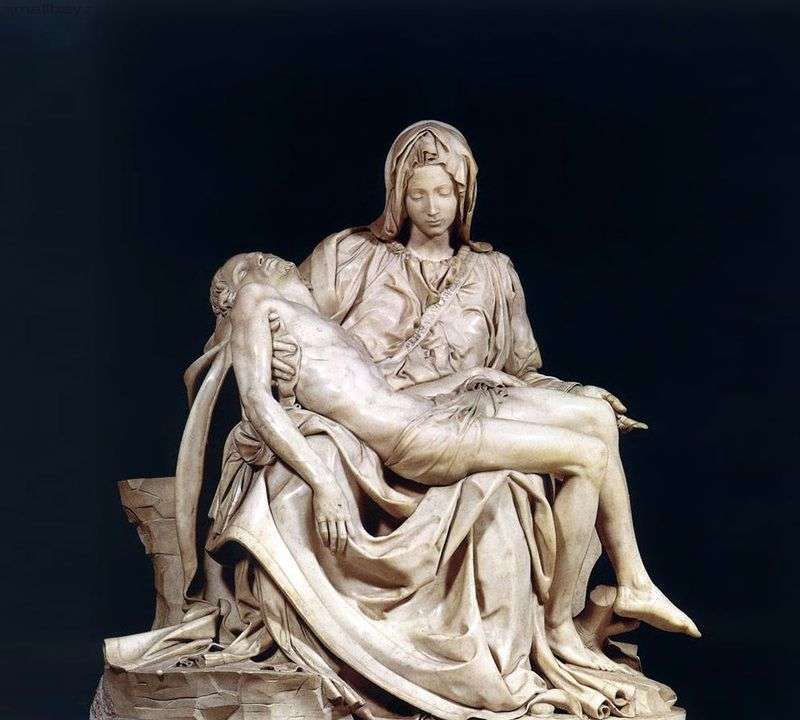
Sculpture by Michelangelo Buonarroti “Pieta” or “Lamentation of Christ.” The height of the sculpture is 174 cm, marble. The largest work put forward by the young sculptor in the number of the first masters of Italy, was the marble group “Pieta”. Executed at the turn of the 15th and 16th centuries, the Pieta opens in the work of Michelangelo a period marked by unshakable faith in the triumph of the humanistic ideals of the Renaissance, the integrity of the heroic images, the classical clarity of the monumental artistic language.
For the creative quest of a young master, the very choice of a significant and responsible topic – the sorrow of our mother mourning a dead son is indicative. This theme is interpreted with depth, inaccessible to the masters of the 15th century. Always to the images of a pathetic character, Michelangelo in this group gave an example of an in-depth psychological revelation of a dramatic collision. Boldly violating the tradition, he portrayed the young Mother of God, thereby shading her special spiritual purity. The high spirituality of the image of Mary, the noble restraint of her feelings deprive the tragic theme of a shade of hopelessness, telling the grief of a young mother an enlightened character.
In this group, Michelangelo showed himself to be a master, freely coping with the difficulties of compositional construction, feeling the emotional content of the gesture. How much expressiveness, for example, in Maria’s bowed head, in the movement of her left hand, which is set aside, in which we guess meditation, sorrowful bewilderment, question.
But in terms of its plastic processing, this group represents a certain step backward in comparison with the “Battle of the Centaurs,” whose lively plastic surgery was well ahead of its time. The volume modeling in the Roman “Pieta” is quite detailed – this applies, in particular, to the folds of clothing; the surface of marble is smoothly polished in the spirit of the traditions then accepted.
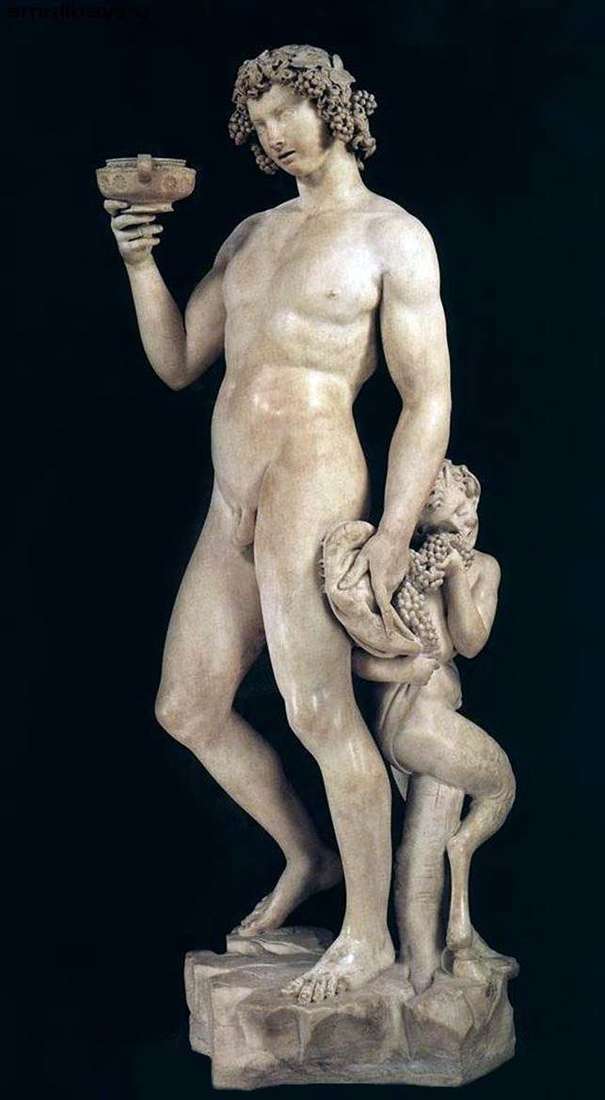 Bacchus (sculpture) by Michelangelo Buonarroti
Bacchus (sculpture) by Michelangelo Buonarroti Pieta, or Lamentation of Christ by El Greco
Pieta, or Lamentation of Christ by El Greco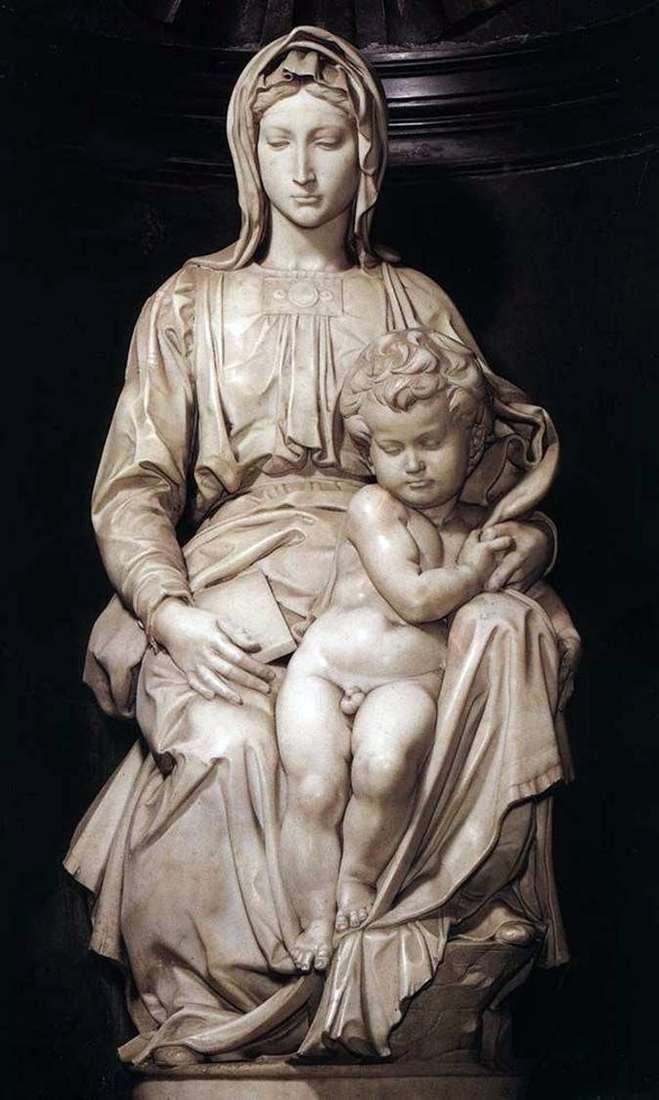 Madonna and Child (sculpture) by Michelangelo Buonarroti
Madonna and Child (sculpture) by Michelangelo Buonarroti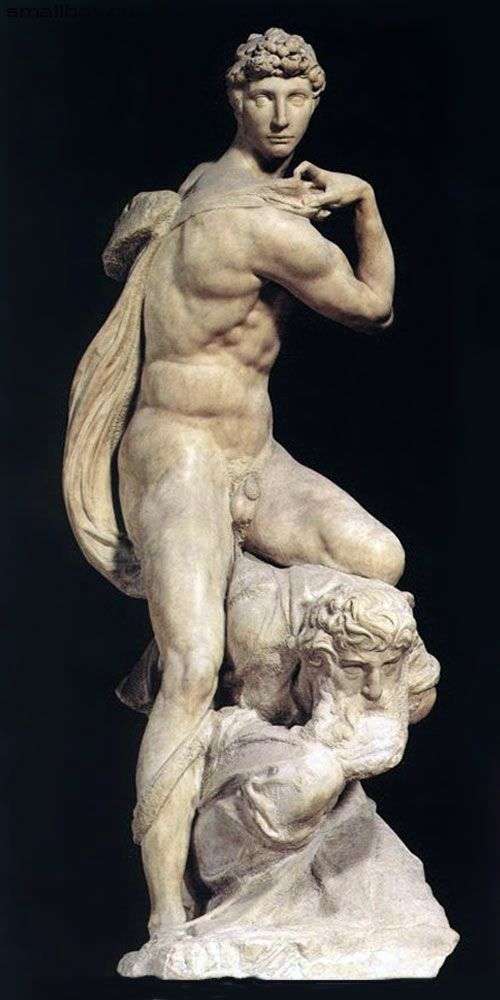 Victory (sculpture) by Michelangelo Buonarroti
Victory (sculpture) by Michelangelo Buonarroti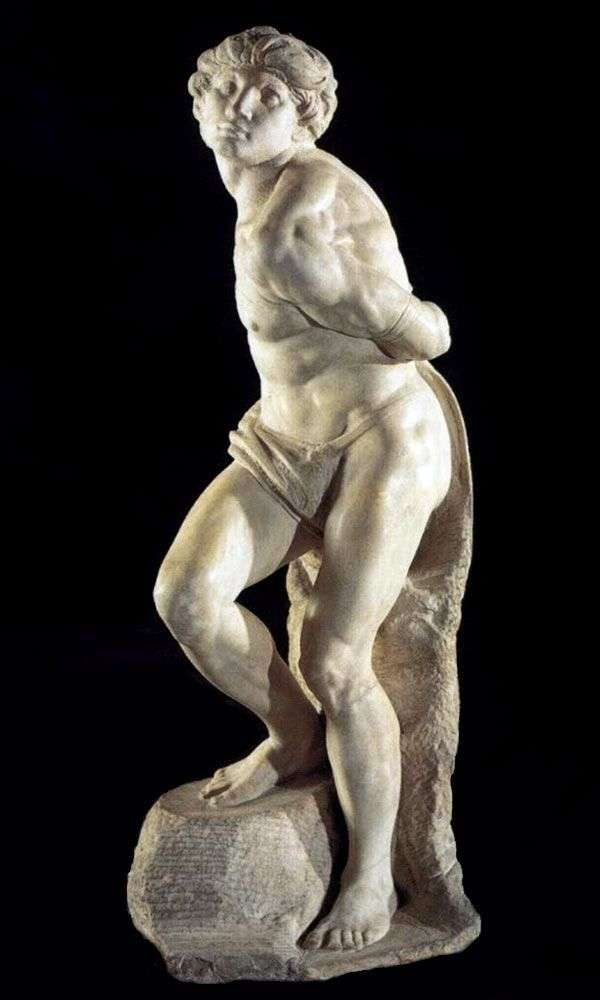 Bound Slave (Sculpture) by Michelangelo Buonarroti
Bound Slave (Sculpture) by Michelangelo Buonarroti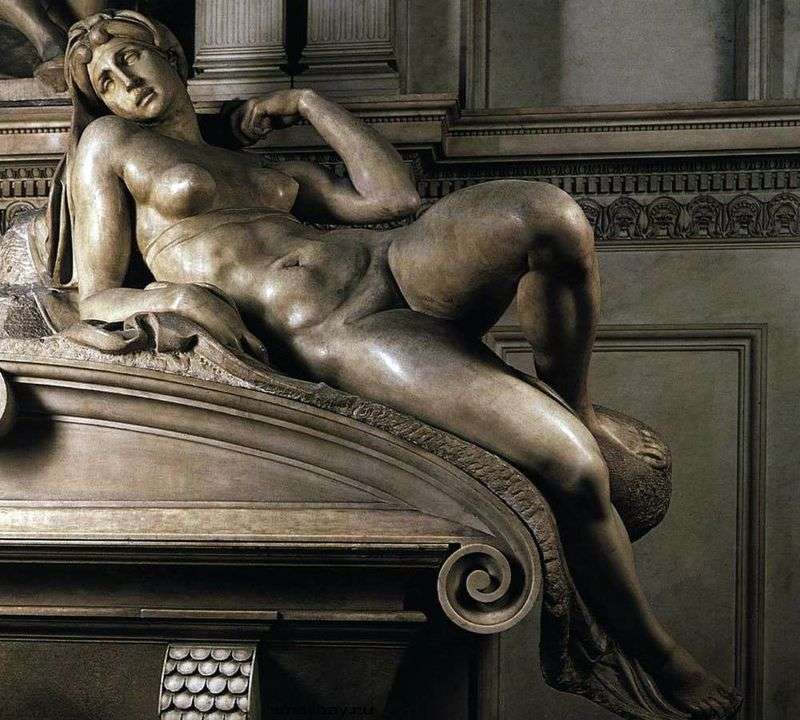 Morning (sculpture) by Michelangelo Buonarroti
Morning (sculpture) by Michelangelo Buonarroti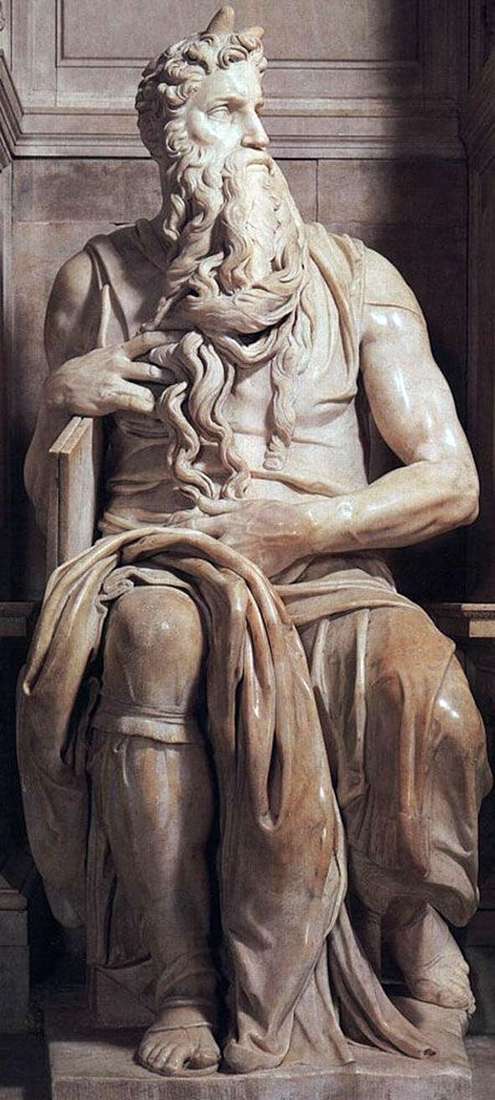 Moses (sculpture) by Michelangelo Buonarroti
Moses (sculpture) by Michelangelo Buonarroti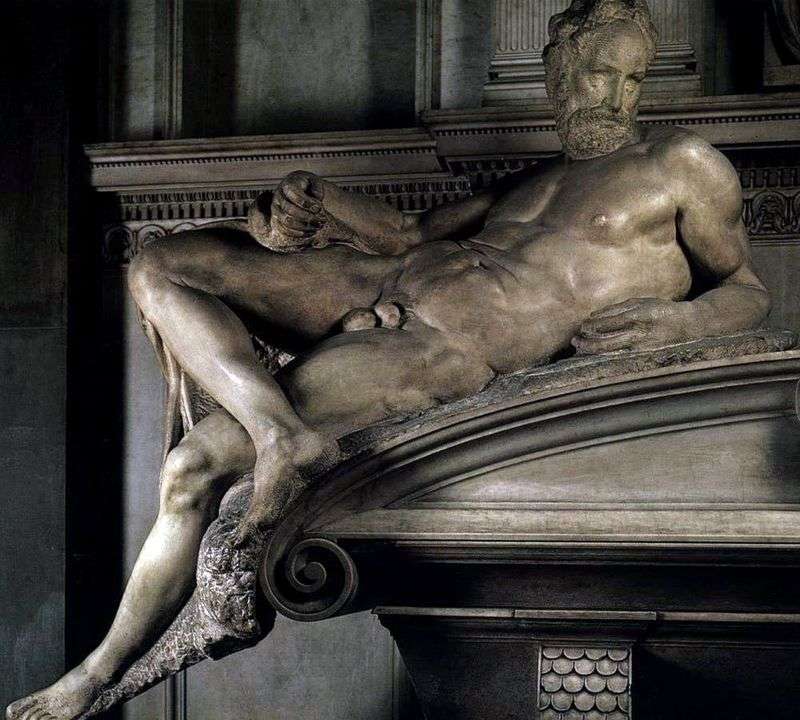 Evening (sculpture) by Michelangelo Buonarroti
Evening (sculpture) by Michelangelo Buonarroti